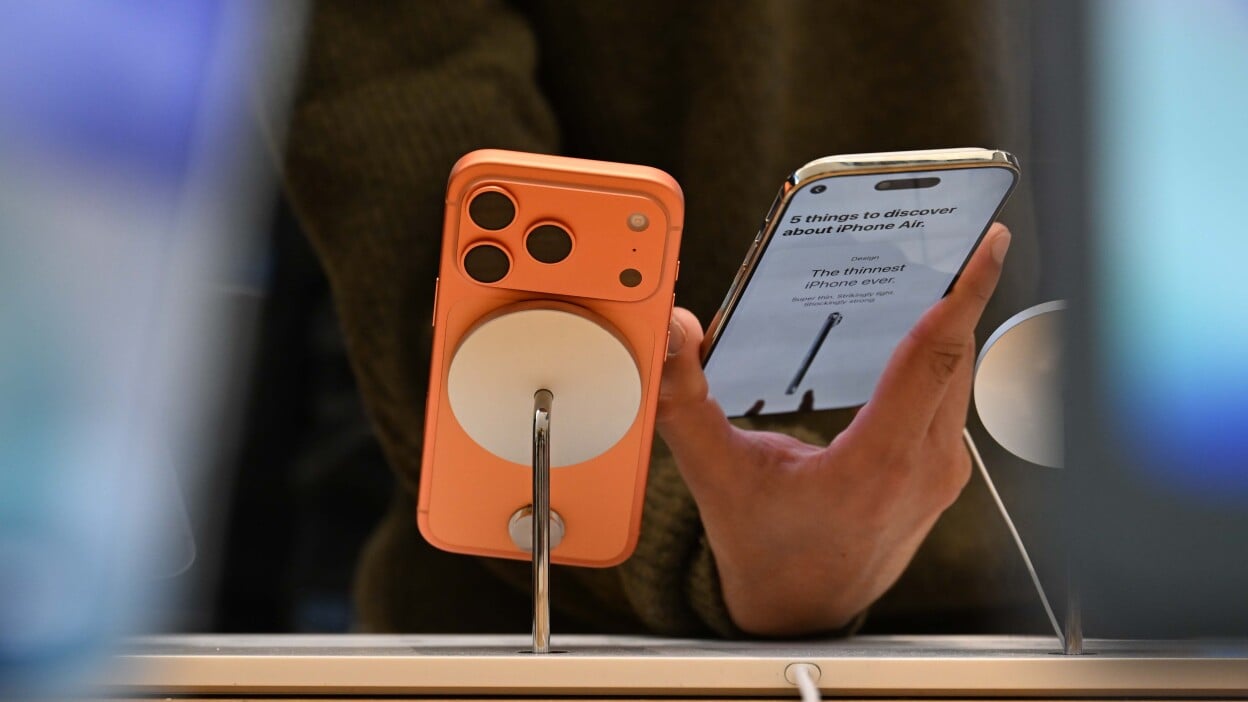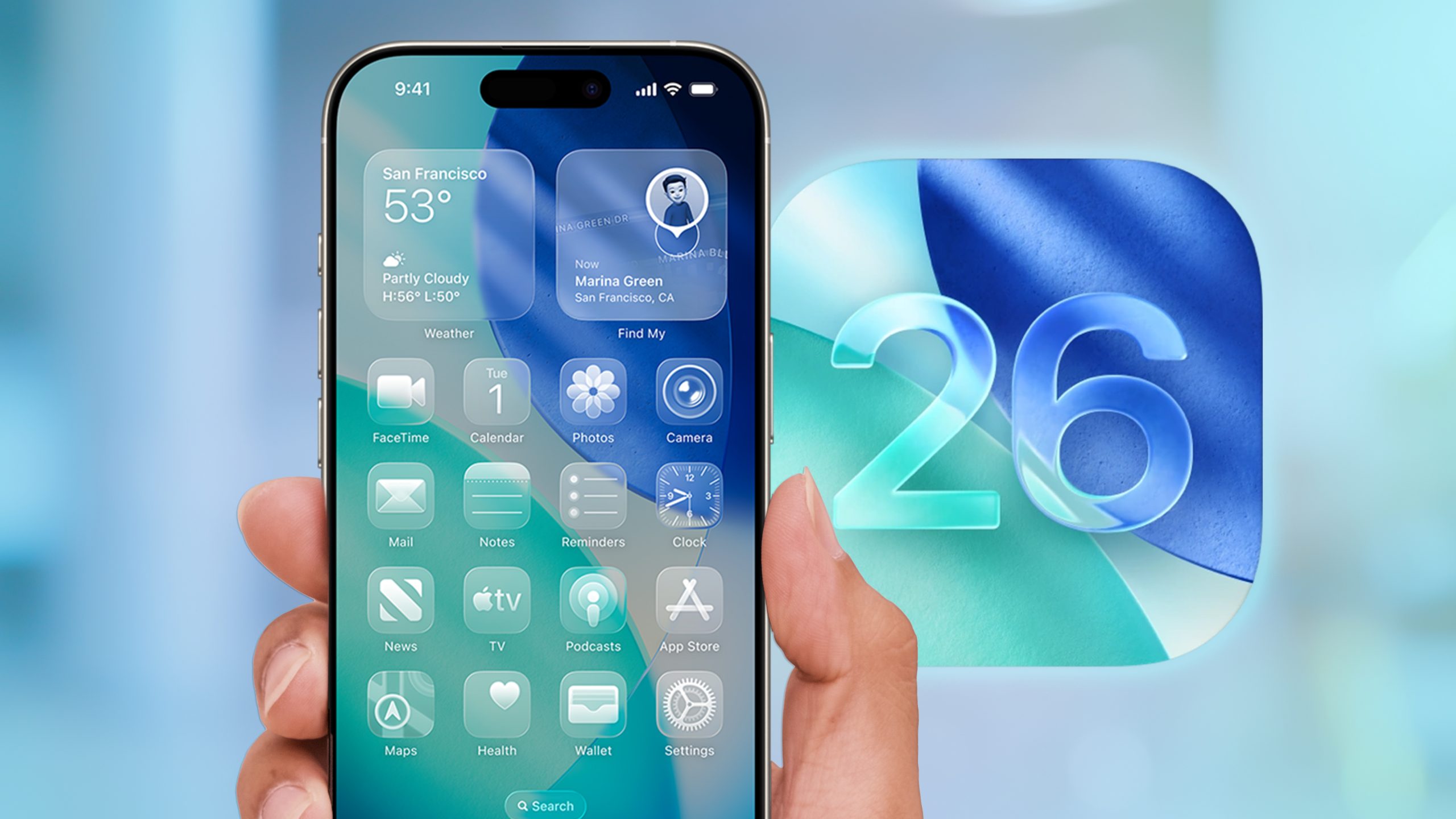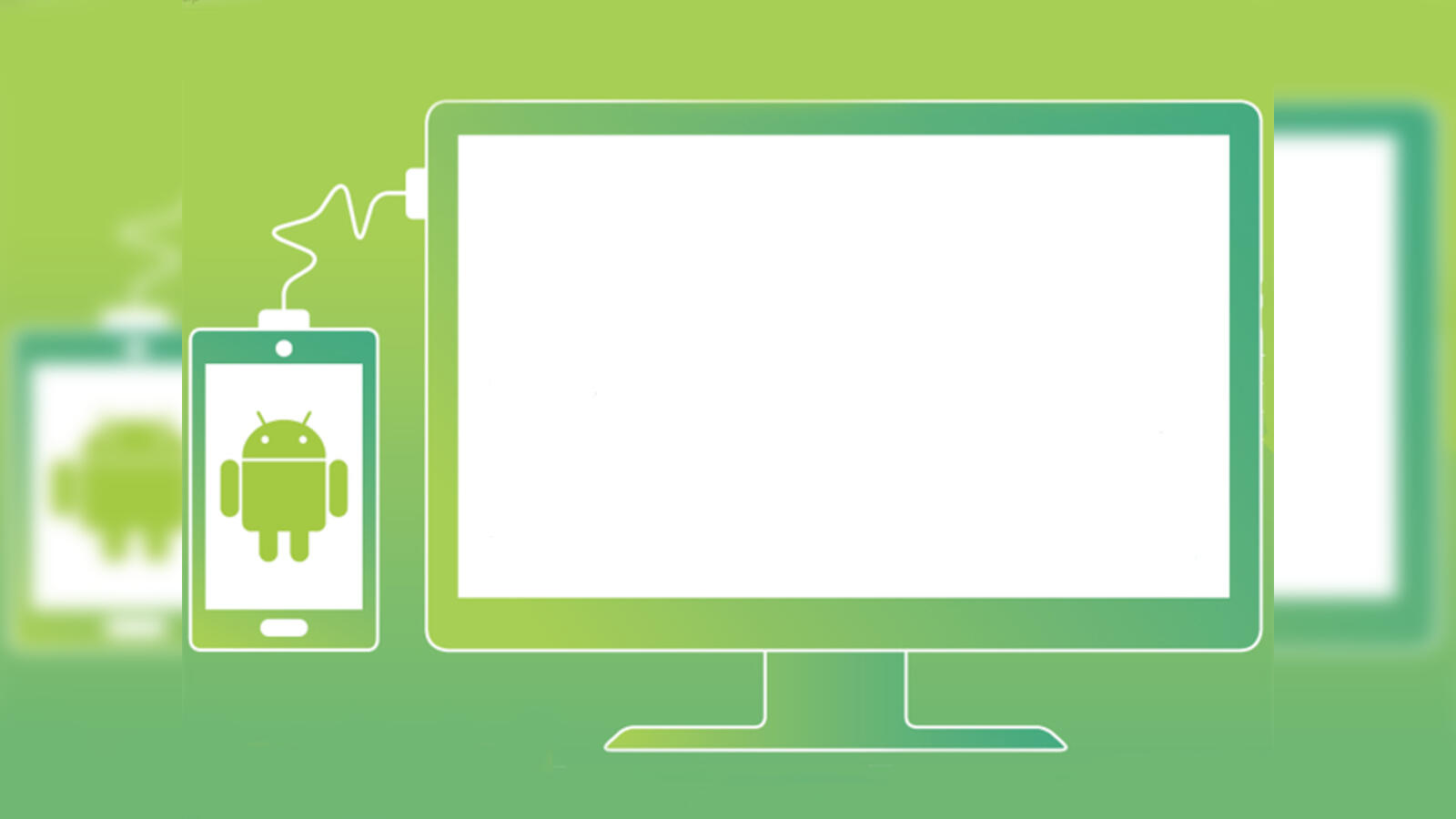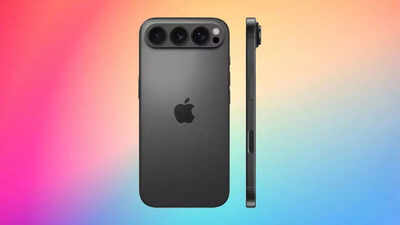### iPhone 17 Pro and Pro Max Users Report Unanticipated Sound During Charging
Shortly after the debut of the iPhone 17 Pro and Pro Max, users began voicing their worries regarding a strange issue: a static or hissing sound coming from the speakers while the device is charging. This concern has been raised by a segment of users, leading to discussions on various platforms, including Reddit and Apple’s Support Community.
#### Nature of the Problem
The sound reported by users is reminiscent of an old radio, with accounts indicating that it may arise during audio playback, especially when the volume is reduced. Some users have mentioned that the static noise can be heard even when no media is being played, and in some cases, a faint crackle or hiss is noticeable while scrolling through web pages. This problem seems to persist no matter if the iPhone is plugged into a charger or not.
#### User Experiences
Feedback on the intensity of the speaker issue varies from user to user. While a number have resolved the problem by swapping their device for a new one, others still hear the noise across different models. A notable illustration of the issue can be found in a video uploaded by a user that demonstrates the static noise.
#### Possible Remedies and Upcoming Updates
As of the current iOS version, 26.2, users who reported the speaker issue in September continue to face the problem. There is optimism that the forthcoming iOS 26.3 update, anticipated to be released in the next few weeks, may rectify this issue, although no definitive proof of a solution has been confirmed yet.
#### Conclusion
The speaker noise issue impacting the iPhone 17 Pro and Pro Max has sparked concerns among users, triggering discussions and inquiries about possible solutions. As the community awaits the next software update, affected users are encouraged to share their insights and any fixes they may have discovered.










